Ice skating captivates many with its blend of athleticism and artistry. Whether gliding on a frozen pond or competing in a rink, the choice between hockey skates and figure skates is pivotal.
This guide helps unravel hockey skates vs figure skates, aiding enthusiasts in making an informed decision tailored to their skating endeavors.
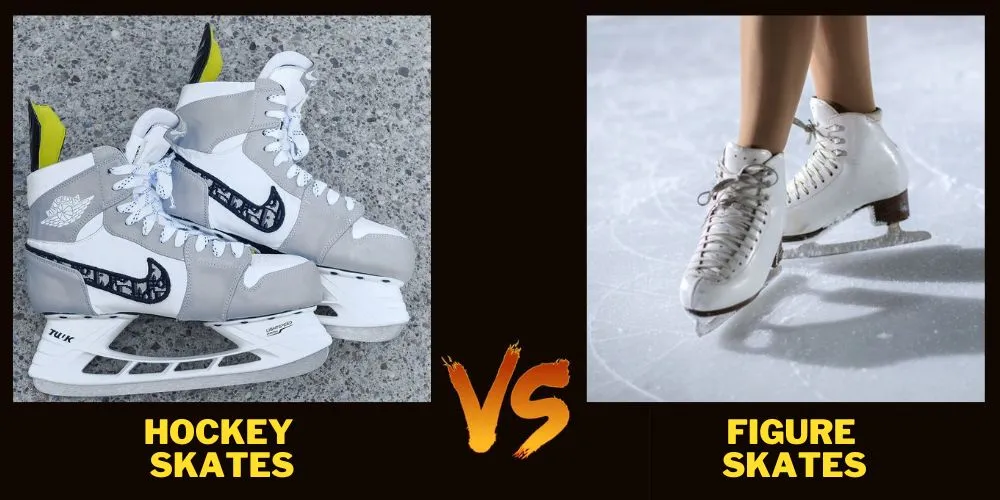
The Basics of Hockey Skates
Design and Structure
Hockey skates are built to endure the rough nature of the sport. Their construction focuses on protecting the foot against impacts from pucks and sticks.
Manufacturers use durable materials like leather and composite fibers, which offer both protection and lightness. This design caters to the dynamic needs of hockey players who rely on speed and agility.
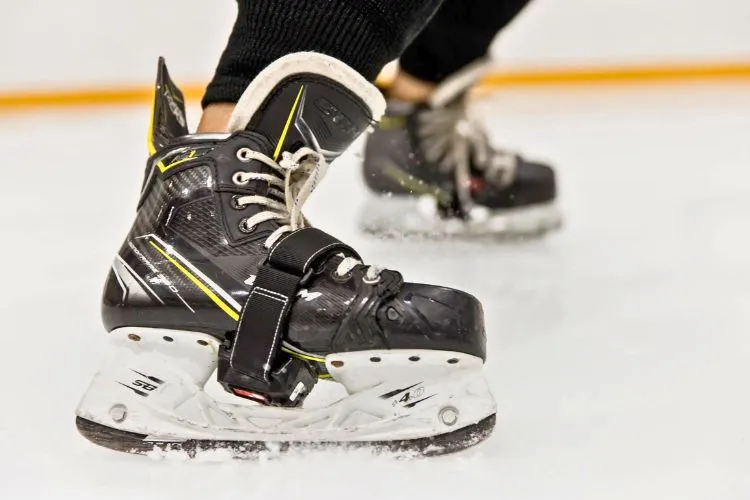
Blade Characteristics
A key feature of hockey skates is their short, curved blades. This curvature allows for swift changes in direction and explosive starts. Unlike figure skates, the blade of a hockey skate has a shallow groove, optimizing for speed and maneuverability.
Typical Use and Players
These skates cater to individuals engaging in hockey. The sport demands quick movements and agility. Players of all skill levels benefit from the design features of hockey skates, though beginners might initially struggle with the lessened stability.
The Basics of Figure Skates
Design and Structure
Figure skates boast a higher boot, providing crucial ankle support for jumps and spins. Inside, they may be padded for added comfort during long training sessions. The use of synthetic materials offers a balance between support and the flexibility needed for figure skating moves.
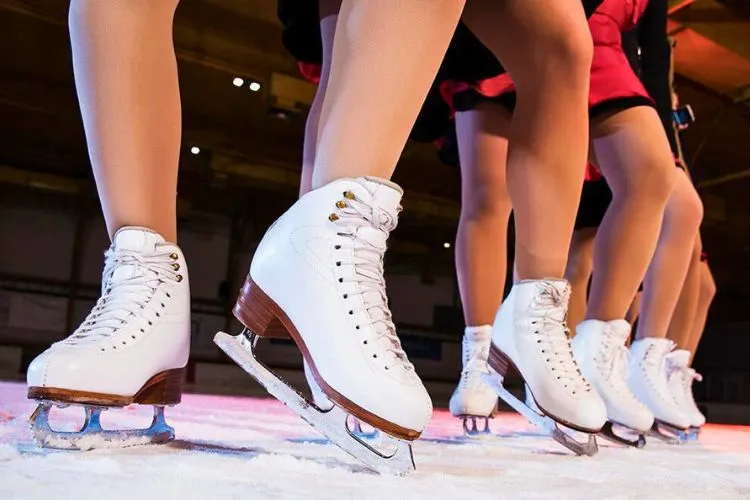
Blade Characteristics
The blades on figure skates are longer with a straighter edge compared to their hockey counterparts. Unique to figure skates are toe picks, which are used for launching and landing jumps. The maintenance of these blades, including regular sharpening, is vital for performance and safety.
Typical Use and Players
Figure skates excel in activities requiring grace and precision. Skaters performing jumps, spins, and choreographed routines find the design innovations of figure skates beneficial. They serve well across all levels, from novice to expert.
Hockey Skates vs Figure Skates
Boot Comfort and Support
While both skate types offer specialized support, figure skates generally provide more padding and a higher cut. This design is meant to stabilize the ankle during intricate maneuvers. Hockey skates, in contrast, focus on protecting the foot from external impacts.
Blade Functionality and Performance
The performance of a skate is greatly influenced by its blade. Hockey skates afford agility with their curved design, suitable for the rapid pace of the game. Figure skate blades, with their length and toe picks, enhance balance and facilitate complex footwork and jumps.
Durability and Maintenance
Both skate types require diligent care to maintain their condition. However, the nature of hockey means its skates often undergo more wear and tear, demanding robust materials for longevity. Figure skates, while also sturdy, prioritize blade upkeep for performance.
Choosing the Right Skates
Factors to Consider
Selecting skates hinges on several factors. The type of skating, frequency of use, and the skater’s skill level play crucial roles. Additionally, physical characteristics, like foot shape and size, impact fit and comfort.
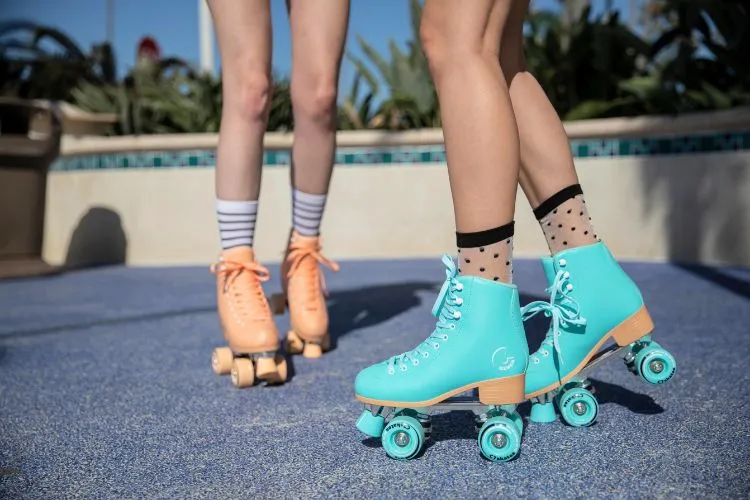
Tips for Trying on Skates
A proper fit is imperative for optimal skating. Skates should snugly encase the foot, with the toes lightly touching the front. During fitting, wearing skate-specific socks simulates actual conditions closely. A well-fitted skate enhances performance and reduces the risk of injury.
Care and Maintenance Tips
Regular care extends the life of skates. Drying blades after use prevents rust, preserving their sharpness and structural integrity. For hockey and figure skates alike, occasional professional sharpening and boot conditioning are advisable. Storing skates in a dry, cool place further contributes to their longevity.
Pro Tips
A few additional recommendations can assist skaters in maintaining their equipment. Always keep blades dry and protected with covers when not in use.
Seek out professional fittings to find the ideal size and model. Whenever possible, test skates on the ice to assess their feel and performance. These steps ensure a satisfying skating experience, whether for sport or pleasure.
Other Comparison: Tri Skates vs Inline Skates | Inline Skates vs Quad Skates
Ice Skating Safety Tips
Safety on the ice is paramount to enjoying ice skating without unfortunate incidents. Ensuring you wear appropriate gear is the first step toward preventing injuries.
Helmets are crucial for all skaters, while beginners and children might also consider knee, elbow pads, and wrist guards for added protection. Learning the basics of falling safely—such as bending your knees and falling sideways—can minimize the impact.
Always stay aware of your surroundings to avoid colliding with other skaters. Lastly, sticking to public skating sessions and marked areas ensures you’re skating on ice that is regularly maintained and monitored for hazards. Following these safety measures allows for a fun and secure skating experience.
Frequently Asked Questions (FAQs)
Can I use hockey skates for figure skating routines?
While possible, hockey skates are not designed for figure skating maneuvers. Their structure and blade shape limit performance in artistic routines.
What is the average cost difference between high-quality hockey skates and figure skates?
Prices vary widely depending on brand and model. Generally, high-end figure skates might cost more due to their specialized design features.
How often should I replace my skate blades?
Blade lifespan depends on usage frequency and care. Regular sharpening extends their use, but intensive skaters might need replacement or upgrades more often.
Are there hybrid skates suitable for both hockey and figure skating?
While no skate perfectly suits both activities, beginners might opt for a hybrid model as they explore their preference.
How can I transition from using figure skates to hockey skates, or vice versa?
Gradual practice is key. Begin with basic skills and progressively attempt more complex techniques, allowing time to adjust to the new blade and boot design.
Conclusion
Understanding the distinctions between hockey and figure skates is instrumental in choosing the right gear. Each type addresses specific needs, enabling skaters to excel in their chosen field.
Prospective buyers should consider their skating goals, skill level, and physical needs when selecting skates. With proper care, either choice can offer years of rewarding use.
Choosing between hockey and figure skates narrows down to personal preference and the intended skating activity. With the right knowledge and consideration, skaters can find their perfect match to enjoy the ice to the fullest.
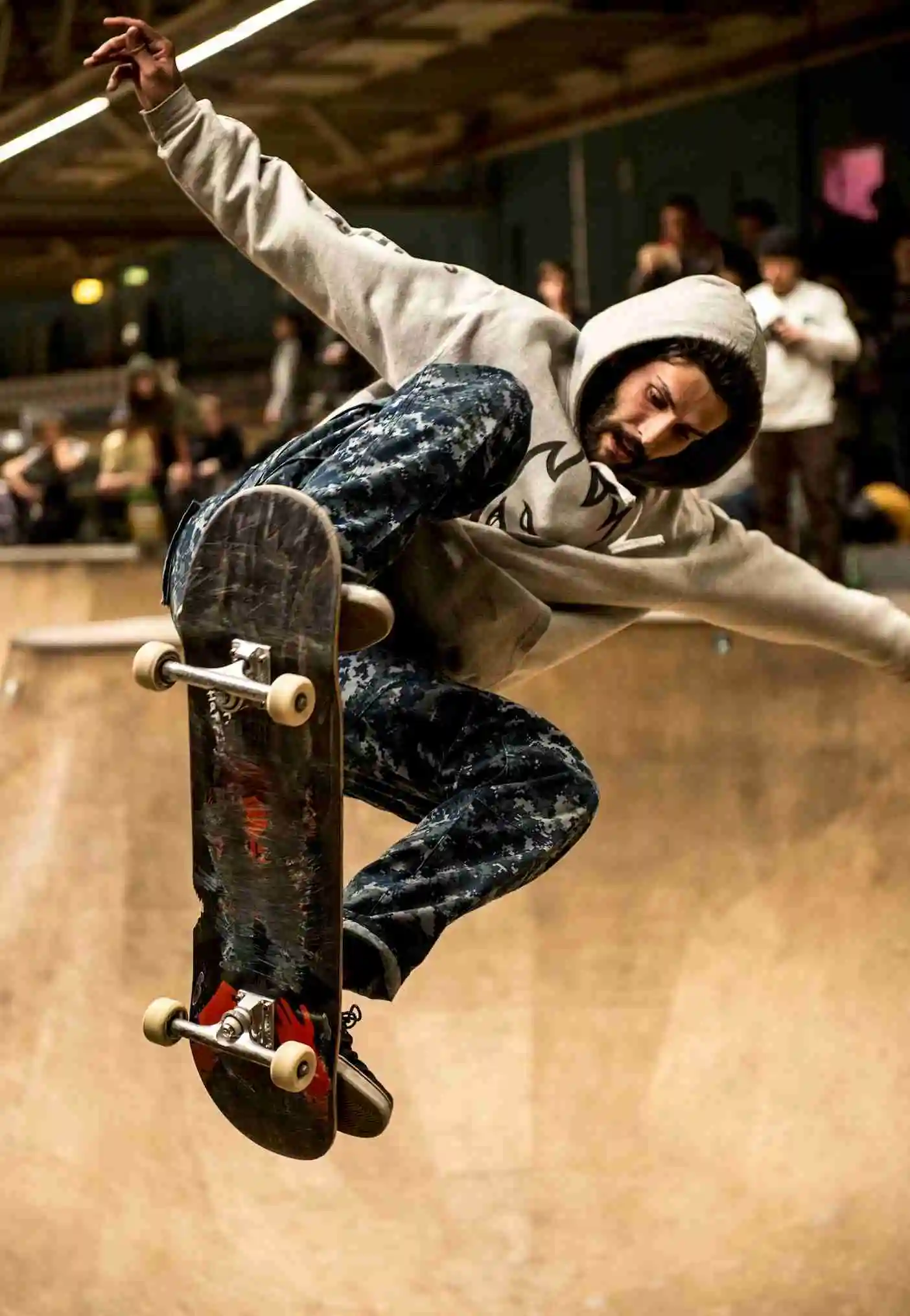
Matthew James is a passionate skater who wanted to create a platform to share his love for skating with others. With a vision to create a vibrant community of skaters, he aims to provide a space where skaters of all levels can connect, learn, and grow together.
